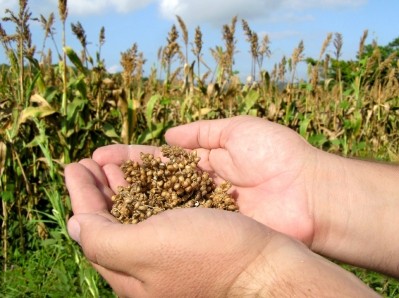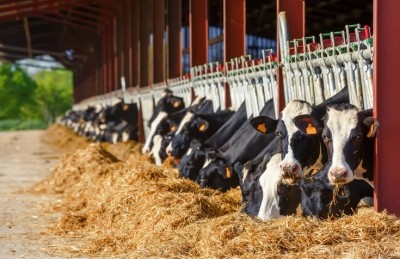Special Edition: Latin American Feed Market
US corn gluten for feed use is third top agricultural export to Chile

The agricultural attachés’ report said total exports reached $986.8m in fiscal year 2017 – a 15% increase on 2016.
The US-Chile free trade agreement, which started in 2004, increased the value of US exports and market share, they said. The country is currently the fourth largest market for the US in South America and is an area where the US is taking up market share from Brazil and Argentina.
The top products being imported include feed and feed ingredients, animal proteins like poultry, pork and dairy products and beer, they said.
Feed and fodders exports, which consist mainly of corn gluten meal, increased by 20% in value and by 26% in volume reaching $84m, making it the third top agricultural export to Chile.
Venezuela
Venezuela continued to see economic contraction, hyperinflation and a reduction in hard currency for importing feed and grain products, the attachés there said.
The country also had a complicated planting season for some feed crops, although forecast areas of sorghum planted remained at 70,000 hectares with an anticipated production of 70,000 metric tons.
Sorghum is used in poultry and swine feed, and sometimes as a forage for cattle, according to a report.
The country is dependent on oil exports but continuing low, global oil prices have led to economic contraction and difficulties importing agricultural inputs and materials, they said.
Many feed manufacturers are producing at less than half capacity.
Corn is the country’s main crop based on planted area, but challenges during the planting season saw hectares unplanted or put to alternative uses, they said. Harvested area has been cut by 360,000 hectares and domestic production was dropped to 850,000 metric tons (MT) for the marketing year (MY) 2017-18.
The amount of corn produced is expected to be less than what is needed for domestic use, which likely will increase reliance on imports, said the attachés. The poultry industry, in particular, has been adapting to smaller volumes of corn imports and dwindling feed inventories.
The overall feed and residual use forecast has been lower to 1.1m metric tons, they said.
“The forecast for corn imports in MY 2017/18 is revised down to 1.4m MT from the USDA official forecast of 1.6m MT,” the attachés said. “Insufficient amounts of foreign exchange are distributed to the feed sector for not only corn and soybean imports, but also critically important feed ingredients, such as minerals.”













